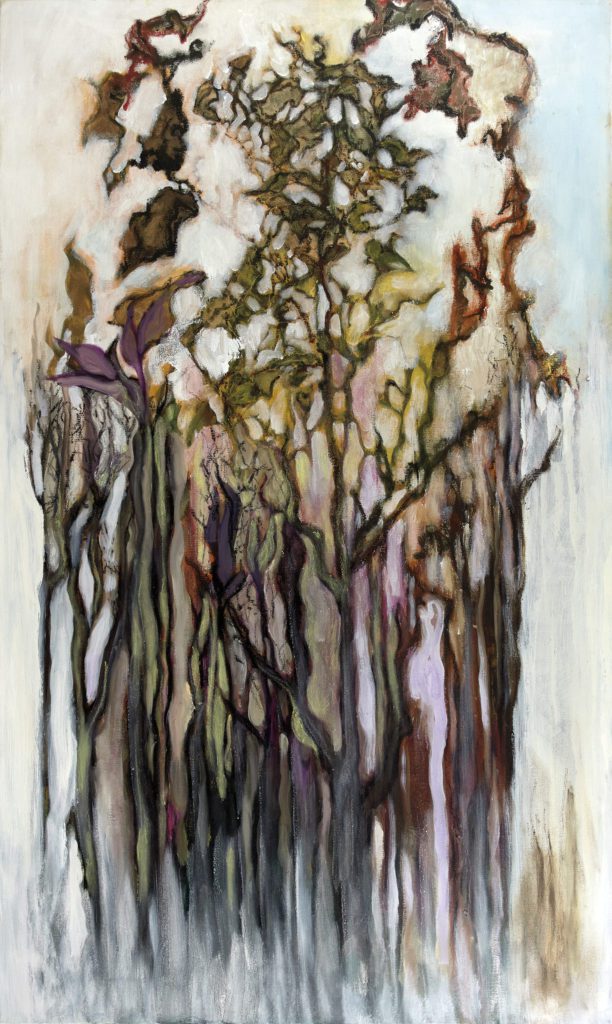OEUVRE
Landscape Paintings
of Renee Radell
Landscape holds a special place in Renee Radell’s oeuvre. Her early work includes masterful watercolor studies of places she lived and visited, including the alleyways of Detroit, the quaint streets and houses of Quebec and coastal Canadian sea ports.
Lacoste School of the Arts in France
Landscape re-emerged as an important theme in 1986, when Radell took her first trip to France. For three summers, she taught painting at the Lacoste School of Arts in this breathtaking mountain village in southeastern France. There, she captured quaint vignettes of the historical medieval town and painted for the first time en plein air, in the Vaucluse Valley region where famous artists set up easels in the 1900s and Impressionism was born.
The distant mountains surrounding Lacoste provided an opportunity to experiment with abstracted landscape forms, textures and heightened colors, which lends many of these works a fantastic, dream-world quality. In fact, an astute eye can depict elements of the Vaucluse Valley landscape series in her recent ventures into abstract art.
Renee Radell’s European travels soon branched out to many European countries where she absorbed impressions of natural beauty as well as the charms of European village and city life. She created landscape series in Southern Spain and the hamlets and castles of Germany. Venturing North, Paris and Bruges inspired colorful cityscapes.
American Landscape Painting
Radell applied many landcape painting innovations from traveling to European countries, to American landscape scenes. She treated the mountain lakes near the Delaware Water Gap to an aerial view that allows the water and land to overwhelm the tiny boats, people and piers that dot their shores.
Recently she has undertaken magnified, delicate studies of plants and flowers, including a series of “entangled weedscapes”. As Eleanor Heartney states in Renee Radell Web of Circumstance “in her hands they have as much character and personality as her paintings of people.”
Landscape Allegory
In fact, surrealism and allegory usually follow the brush of Renee Radell in one form or another especially when she becomes comfortable with a motif. For example, several visits to Bruges inspired her important allegorical triptych Night Parade in Flanders.
Finally, Renee Radell’s allegorical landscapes culminate in a magical picture titled Reality Exposed, a recent iconic piece wherein the artist pays homage to her favorite poet T.S.Eliot. Therein, Renee Radell chooses nature and landscape to associate her deepest thoughts concerning the function of the artist.
















